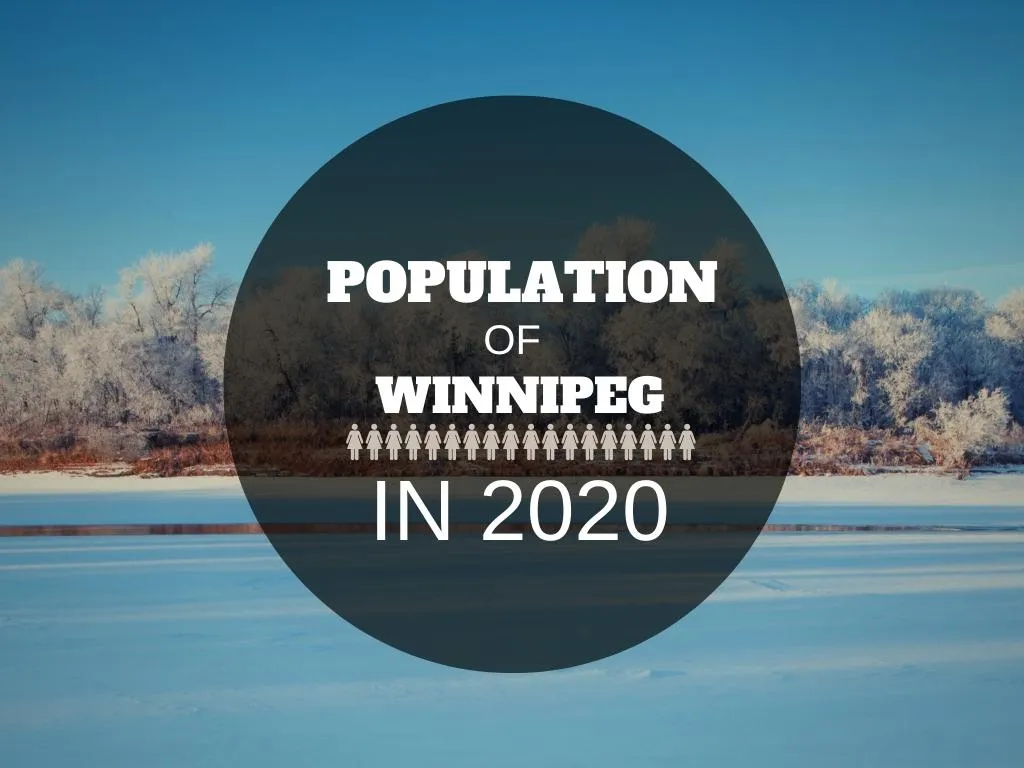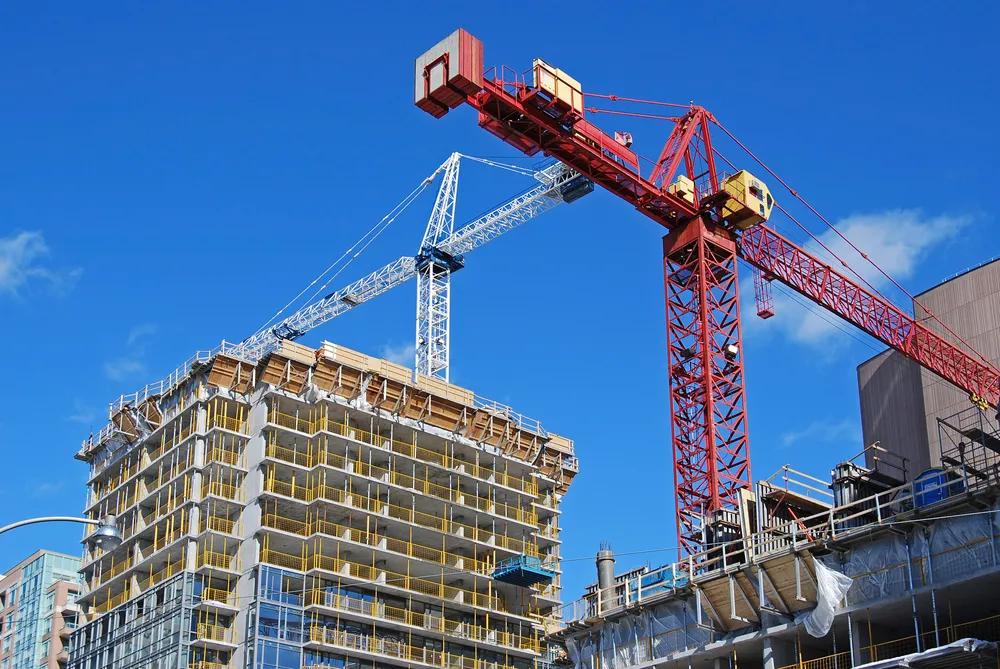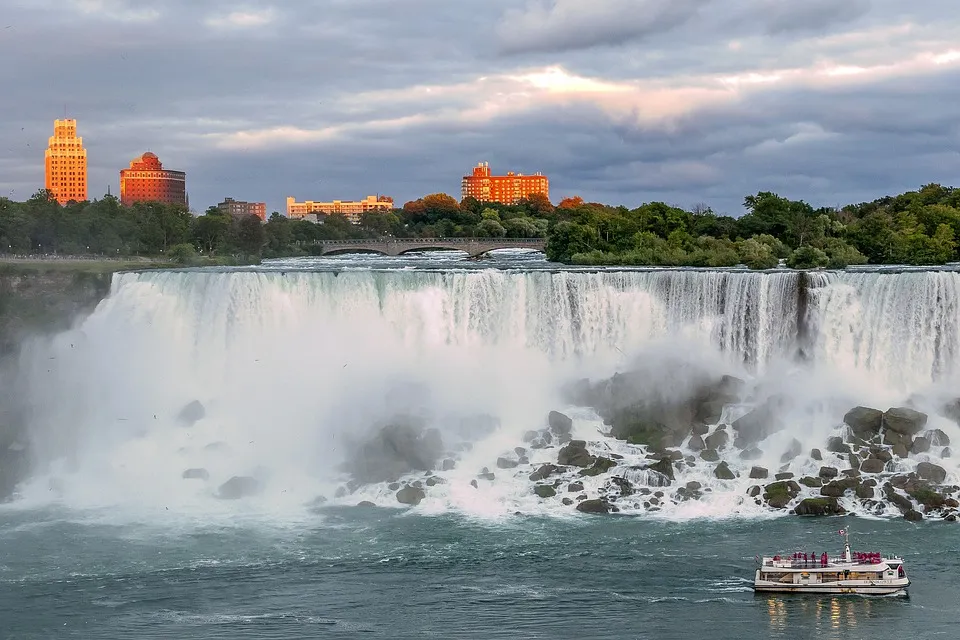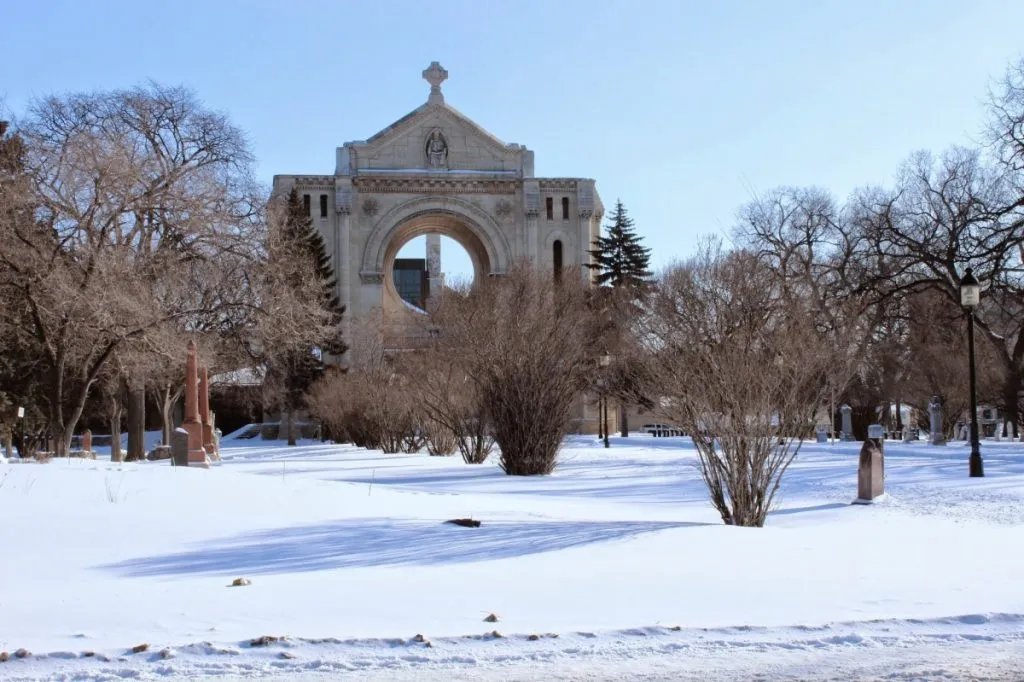The capital of Manitoba in Winnipeg is the largest city in the Prairie region with cultural diversity, more pronounced than in Toronto, due to multiple waves of immigration. La Fourche (The Forks) is the nerve centre of the city where visitors have been gathering for more than 6,000 years. Winnipeg, located at the confluence of the Rojo and Assiniboine rivers. A hundred festivals take place every year. It is a historic French quarter that houses a museum about the history of its roots and a splendid basilica with a bitter past.
In the past year, the population of the Greater Winnipeg area has passed the 800,000 mark. The number of people living there exceeds the Winnipeg population of the metropolitan region of Quebec.
According to Statistics Canada, the population of the metropolitan region of Winnipeg counted 811,874 on July 1, 2016. It represents an increase of 17,145 people compared to the Winnipeg population on July 1, 2015. The Winnipeg population of the metropolitan region of Quebec was 807,211 on Canada Day in 2016.
These figures correspond to the estimated number of citizens who lived on July 1 in one of the municipalities making up the census metropolitan area (CMA).
According to Statistics Canada, the Greater Toronto Area remains the largest CMA in Canada, with 6.2 million people.
The population has grown to 816,593 in 2020.
City Size & Population Density
The city proper has a population density of 1,430 people per square kilometer or 3,700 people per square mile. The city covers a surface area of 464.33 square kilometers (179.27 square miles).
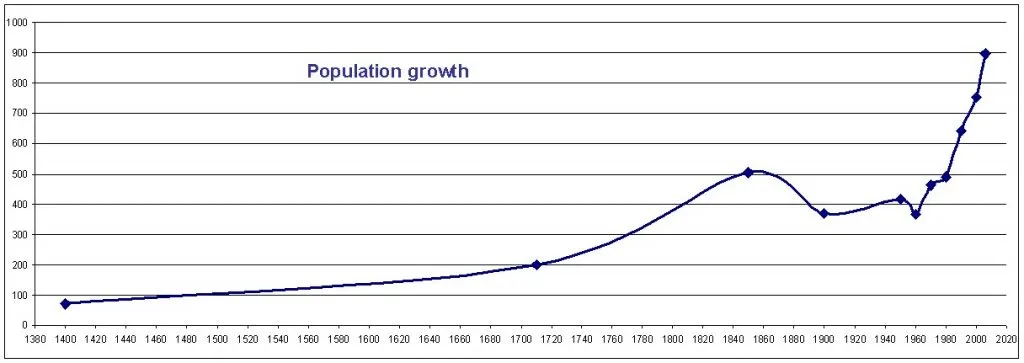
The population growth forecast by 2040
The City of Winnipeg released its population growth forecast and plans to have more than 900,000 residents by 2040.
The city continues to grow, and this growth will remain robust over the next 25 years, according to the study released by the municipal administration.
The report indicates that the Manitoban capital, expected to see its population increase by an average of 8,200 people per year, and immigration will remain the main driver of this increase. At this rate, Winnipeg, expected to exceed 900,000 residents in 2040.
Winnipeg metropolitan area will grow twice as large as in the city of Winnipeg itself. The Winnipeg metropolitan region, expected to exceed one million inhabitants for the first time in 2035.
The study also predicts that the number of single-family homes will decrease in favor of multi-family dwellings.
In economic matters, analysts expect growth in the city’s gross domestic product (GDP) of around 2.1% per year. The unemployment rate, expected to decrease to approximately 4.8%, while individual per capita income, expected to double in 25 years, to reach $ 80,000 in 2040.
According to the census report, Winnipeg is home for 816,593 people.


